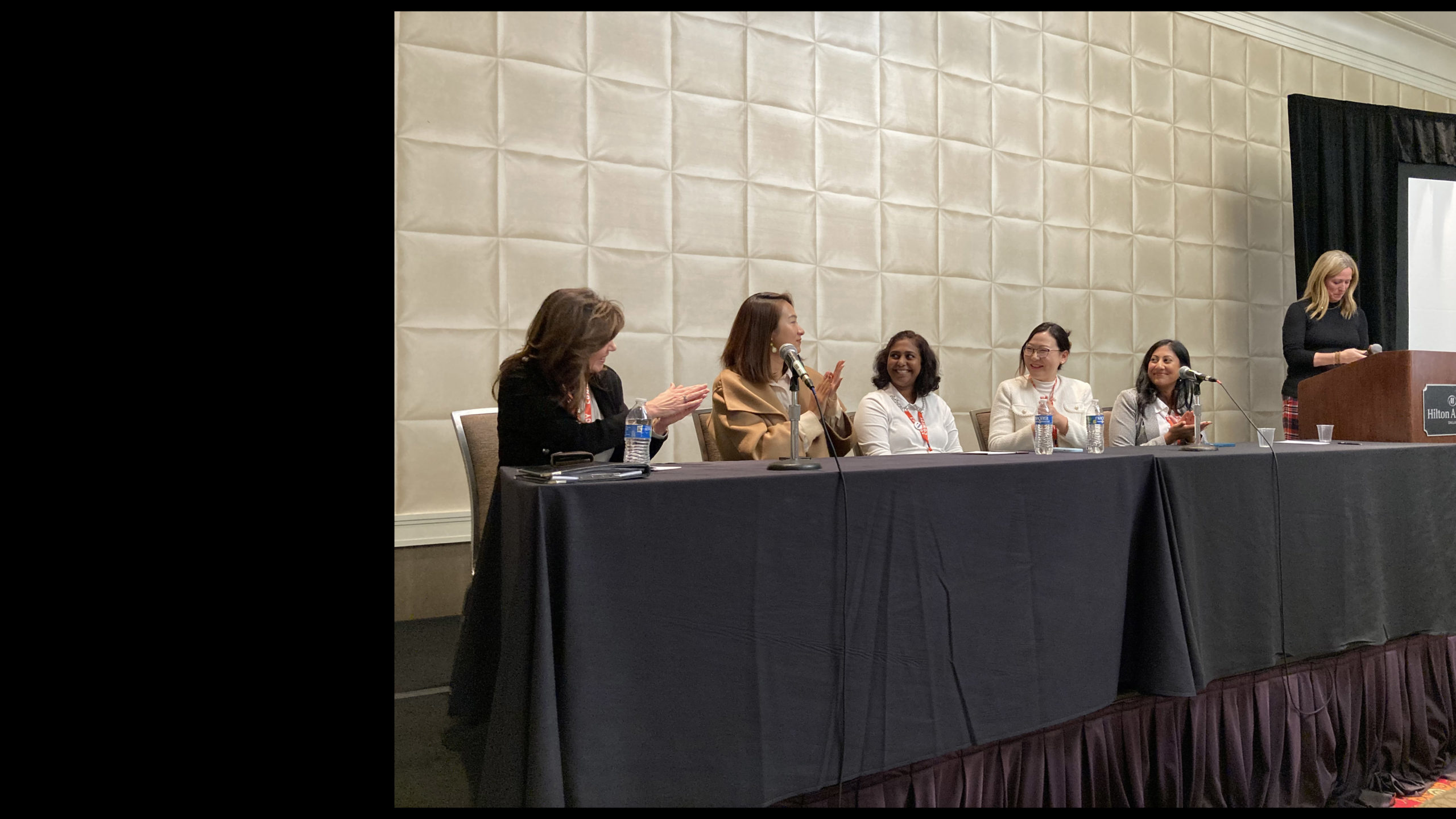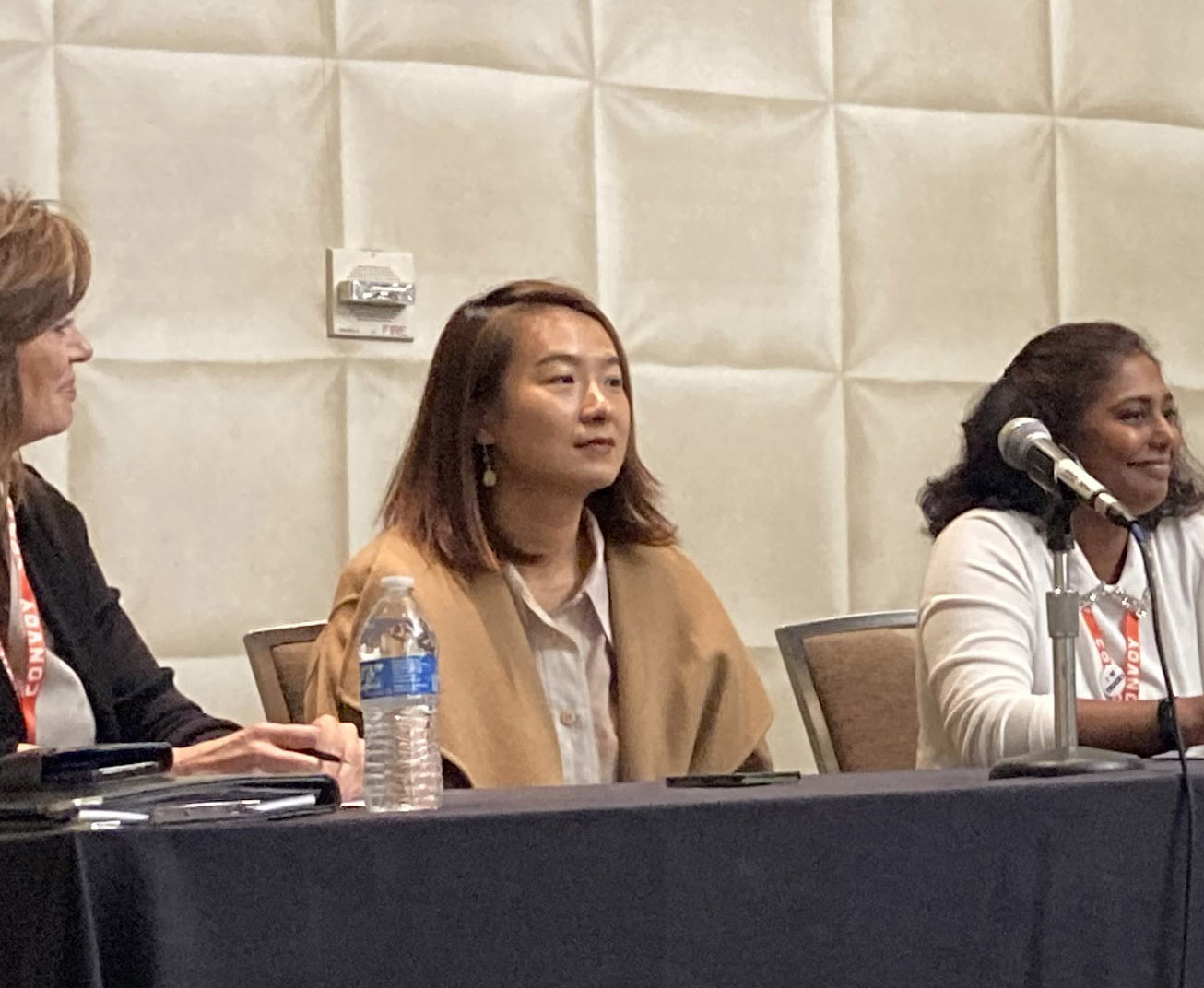During the 2022 Accelerate! Women In Trucking conference in Dallas, Texas, five women from different self-driving truck companies took the stage to discuss the applications of autonomy within trucking, and how it will integrate within an already complicated environment.
Representing the industry were several professionals from various autonomous trucking companies, including Amisha Vadalia, Senior Director of Operations at Plus; Tammy Hamilton, VP of Operations with Gatik; Xinfeng Le, Senior Product Manager for Waymo Via Trucking; Vivian Sun, Chief Commercial Officer with Waabi; and from Torc, Akila Panneerselvam, Engineering Manager with Perception. Shannon M. Cohen, partner with Scopelitis, Garvin, Light, Hanson & Feary P.C., moderated.
‘The Future Is Now’
At the onset of the hour, the discussion was framed with the statement “The Future Is Now.” Autonomous trucking is in use already in the U.S. and Canada, with 25 states in the U.S. allowing autonomous driving at Level 4. While each of the companies are at different stages, with different operational design domains (ODD), scopes and distance targets, most agree that the most important fact is to understand customers’ journeys and that openness and transparency between the AV industry and freight companies is necessary for streamlined adoption and capitalization.
As regulation continues to push forward (with different states working through policy creation at different speeds), self-driving truck companies are working in concert to answer challenges ahead going to market. Parallel to regulations, however, comes the technical challenges to prove and validate alongside government oversight. A tremendous amount of safety and proof must occur before companies can go “driver out” on a regular, scalable basis. The timeframe to do that is evolving, and companies are creating their own timelines based on their individual stages and ODD.
But no one in trucking, and attending the conference should be thinking about AV as something “in 20 years.” Carriers and drivers need to be educated, and ready now to understand how the network is going to change.
Some of the points discussed about the advantages of AV included:
- Vehicle crashes is a top 10 cause of death worldwide. A wider adoption of self-driving technology can and will change that number in the coming years.
- Driver shortage and driver challenges: The driver shortage will get worse over next 10 years. Autonomy can help bridge the gap that this deficit is causing.
- Trucking assets can be used 24/7: As AV can be used for longer runs and more often, the effect on the supply chain will become immediately evident, as well as more efficient.
- There will be increased user experiences across the supply chain as AV becomes more prevalent as a transportation option.
- Parking: There aren’t enough safe and secure parking spaces currently, especially for female drivers. Autonomous trucks, simply, do not need to park.
- Fuel savings: Consistent speeds mean consistent fuel use and economy. Autonomous vehicles maintain a specific, speed limit average with less braking and starting-and-stopping, and that fuel savings will translate in to a better bottom line and less environmental impact.
- As jobs are created and the industry grows to adapt and enfold AV trucking, there will be “something for everyone” with autonomy as a new, not replacement, modality in freight.
Other points of conversation:



